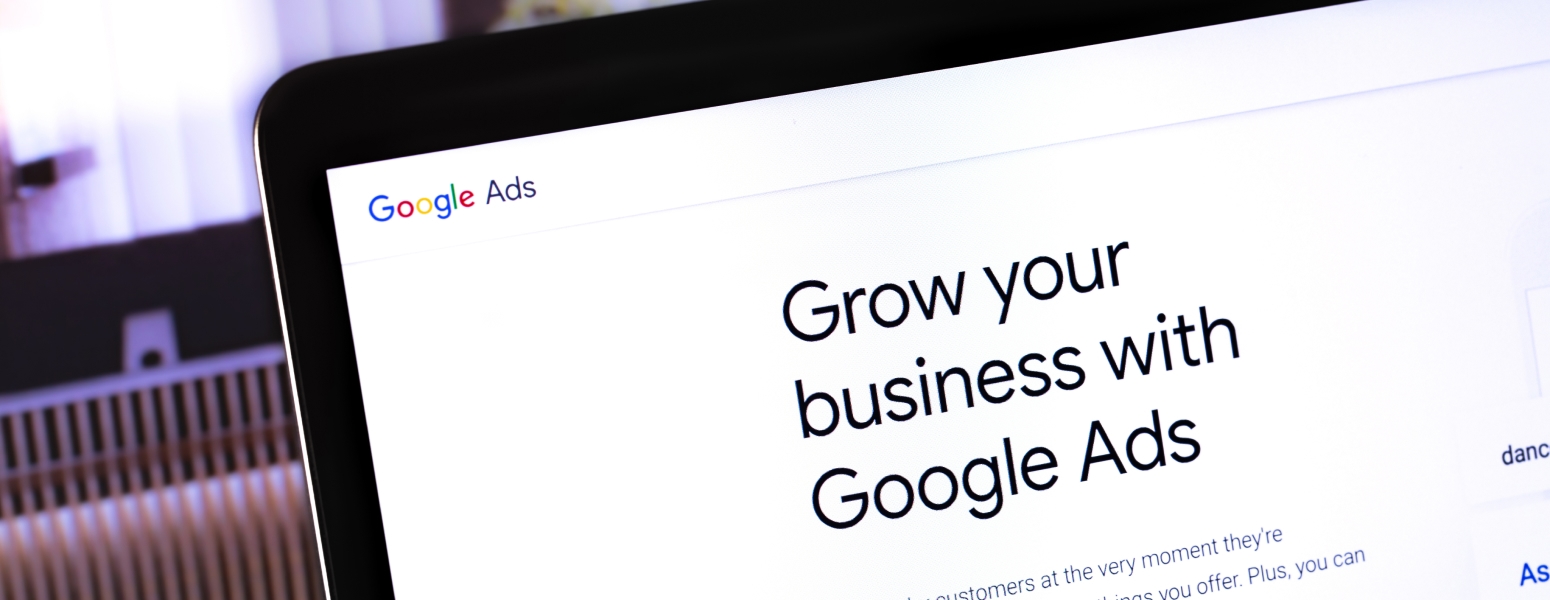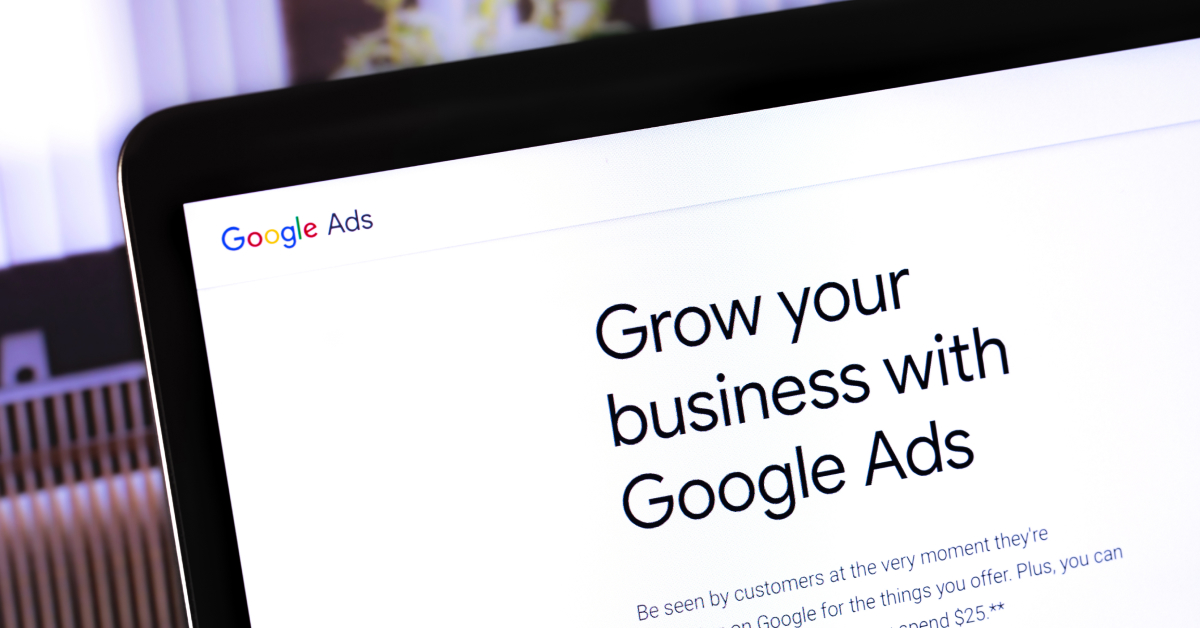Display ads cost between $0.50 to $3 per click on average. Prices vary based on platform, targeting, and competition.
Display ads offer businesses a cost-effective way to reach a wide audience. By leveraging visual content, these ads capture attention and drive traffic to websites. Costs depend on factors like target demographics, ad placement, and industry competition. Effective targeting and creative design can maximize ROI.
Understanding the pricing structure helps businesses budget effectively. Display ads can be a key component of a digital marketing strategy, offering flexibility and scalability. They provide measurable results, helping businesses refine their campaigns over time. Investing in display ads can significantly enhance online visibility and engagement.

Credit: www.cnbc.com
Decoding Display Ad Costs
Display ad costs depend on many factors. Ad placement affects the price. Ads on popular sites cost more. Audience targeting also plays a role. More specific targeting usually costs more. Ad format matters too. Video ads are often pricier than image ads. Timing is another factor. Ads during peak times cost more. All these factors combine to set ad pricing.
Two main pricing models exist for display ads. CPM stands for Cost Per Thousand Impressions. You pay for every thousand times your ad is seen. CPC stands for Cost Per Click. You pay only when someone clicks your ad. CPM is good for brand awareness. CPC is better for direct responses. Both models have their uses. Choose the one that fits your goals best.
Setting Your Display Ad Budget
Understanding display ad costs involves considering factors like ad placement, audience targeting, and bidding strategy. Setting a realistic budget ensures effective ad performance without overspending.
Determining Your Advertising Objectives
Identifying advertising objectives is crucial. Objectives guide budget decisions. Some common objectives include brand awareness, lead generation, and sales conversions. Each objective may require a different budget allocation. For instance, brand awareness campaigns might need a larger budget compared to lead generation.
Allocating Funds Based On Campaign Goals
Allocate funds based on campaign goals. If the goal is to increase website traffic, consider investing in high-visibility ads. For sales-driven campaigns, allocate more funds to targeted ads. A balanced budget ensures maximum ROI. Small businesses might start with modest budgets. Large companies may invest more for wider reach.
Maximizing Roi On Display Ads
To get the most from display ads, focus on effective targeting. Choose your audience based on demographics and interests. Use data to understand what your audience likes. This makes ads more relevant. A relevant ad gets more clicks. More clicks can lead to more sales.
Use eye-catching images and bold text. Keep the message clear and simple. Test different designs to see which works best. A/B testing helps find the most effective ad. Change one element at a time. This helps to know what change made the difference. Better designs can improve your ROI.

Credit: www.scorpion.co
Navigating Ad Platforms
Google Display Network offers a broad reach. It lets businesses show ads on many websites. Costs depend on the target audience. Bidding options include CPC (cost-per-click) and CPM (cost-per-thousand-impressions). CPC is good for traffic-focused campaigns. CPM is better for brand visibility. Google’s smart pricing adjusts bids based on conversion likelihood. This feature helps in optimizing ad spend.
Facebook and Instagram are popular for display ads. They offer precise targeting options. Advertisers can choose from demographics, interests, and behaviors. Costs on these platforms vary. They depend on the ad’s relevance and competition. Bidding models include CPC, CPM, and CPA (cost-per-action). Each model serves different goals. CPA is great for conversion-focused campaigns. Social media platforms also provide detailed performance metrics.
Understanding Industry Benchmarks
Display ad costs vary by industry. On average, costs range from $0.50 to $4 per click. Retail and e-commerce often see lower costs. Finance and technology sectors usually have higher costs.
Healthcare and travel industries fall in the middle. Budgeting depends on your industry and goals. Smaller businesses might spend less. Large companies often invest more. Always monitor your ad spend closely.
Competitor analysis helps set a realistic budget. Research your competitors’ ad spend. Use tools like SEMrush or Ahrefs. These tools show competitors’ costs and strategies. Adjust your budget based on their spend.
Track how competitors perform. Look at their ad quality and placement. Analyze their engagement rates. This data helps improve your strategy. Spend wisely and optimize for better results.
Budget-friendly Tips For Smaller Advertisers
Small advertisers can benefit from cost-effective ad solutions. These options help save money. Social media platforms like Facebook and Instagram offer affordable ads. Google Ads also has budget-friendly choices. Targeting specific audiences reduces costs and increases effectiveness. Using retargeting ads can be more efficient. Setting daily limits helps control spending. Testing different ad formats finds the most economical options.
Creating your own ads can save money. Use free tools like Canva to design graphics. Write your own copy to avoid hiring writers. Shoot videos with smartphones instead of expensive cameras. Edit videos using free software like iMovie. Optimize images to reduce file size and improve load times. Repurpose content from blogs and social media posts. Collaborate with influencers for mutual benefits without spending much.

Credit: www.scorpion.co
Frequently Asked Questions
How Much Does It Cost For Display Advertising?
Display advertising costs vary widely. Prices can range from $0. 50 to $5 per click or $5 to $50 per 1,000 impressions.
How Much Does A 30 Second Tv Ad Cost?
A 30-second TV ad can cost between $1,000 to $50,000. Prices vary by network, time slot, and audience.
How Much Do Display Ads Cost Per Click?
Display ads cost between $0. 50 and $5 per click. Prices vary based on industry, competition, and targeting.
How Much Does 1 Ad View Cost?
The cost of 1 ad view varies. It typically ranges from $0. 01 to $0. 03, depending on the platform and targeting.
Conclusion
Understanding display ad costs is crucial for budgeting your marketing strategy. Keep track of factors like platform, audience, and ad quality. By doing so, you can optimize your ad spend and achieve better ROI. Always test and adjust your campaigns to find the most cost-effective solutions.
